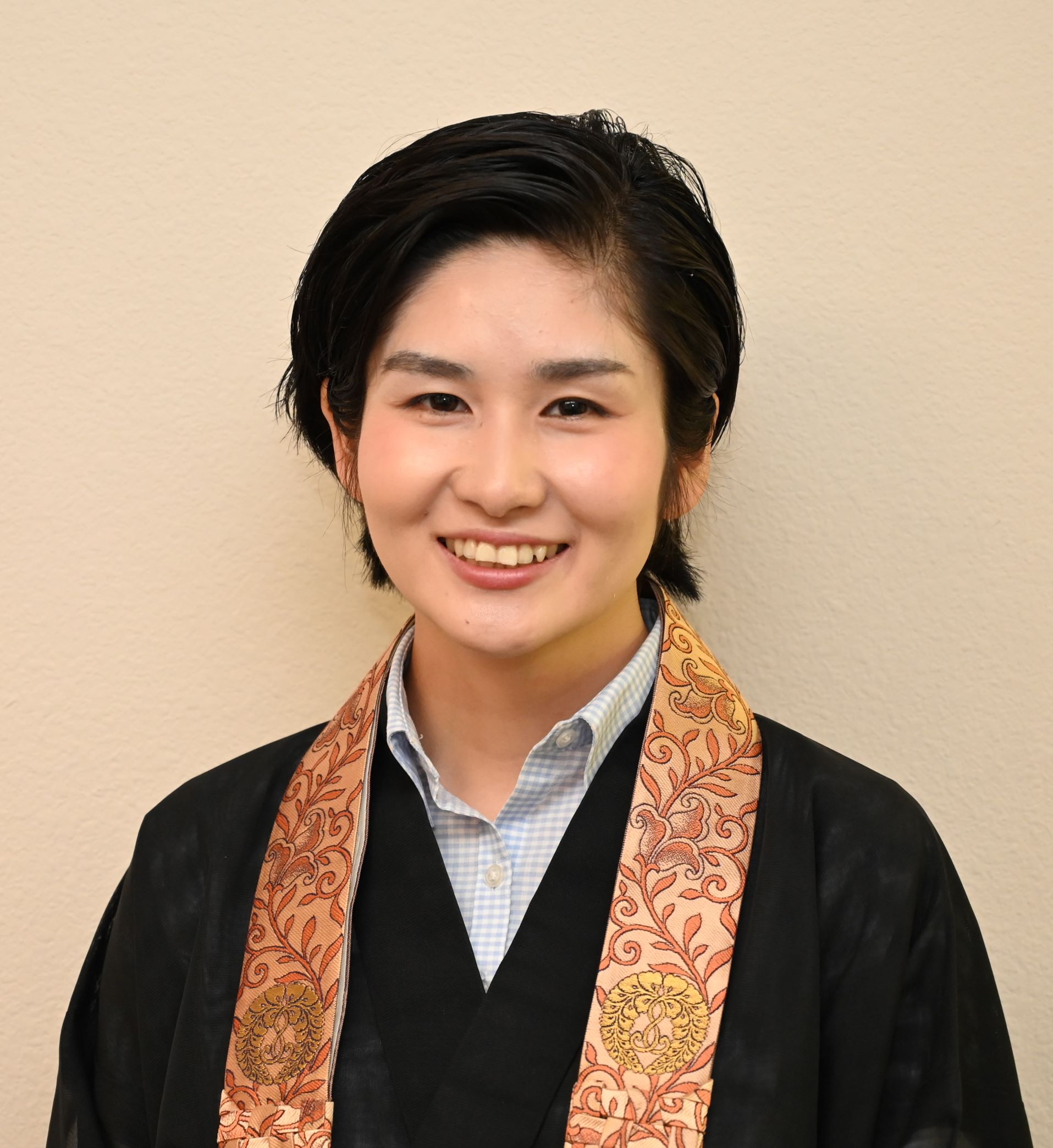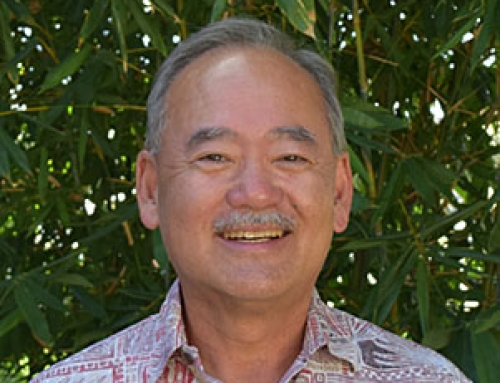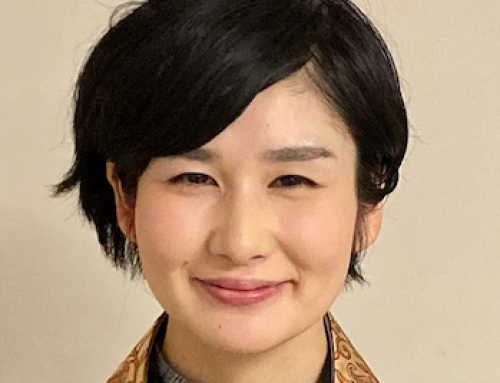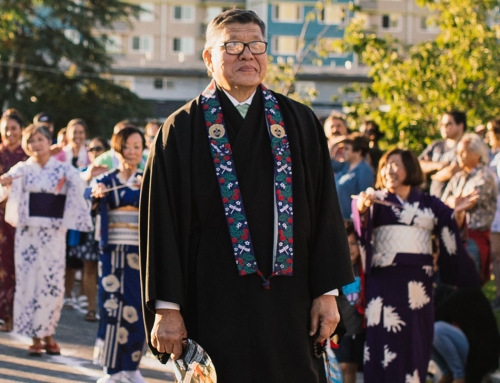Do you eat rice? I always eat rice which was offered to the Buddha for the Sunday morning service. We called the rice as an offering “Buppan” which means “Rice for Buddha.” It is the same rice with the normal rice which we have and has the same taste. In our tradition, we offer the rice to Buddha to express our gratitude for having food.
I have heard that almost half of the world’s population considers rice to be their staple food. In most of the Asian countries such as Japan, Thailand, China, Korea and so on, many people consider rice as the important staple foods. I believe people in Buddhist countries also eat rice as their staple food and they also offer the rice to pay respect to Buddha at temples and their households. But, don’t worry! It doesn’t mean that the United States has no connection with rice, just because rice is not the staple food in the U.S. In Japanese, the United States is written as “ 亜米利加(A me ri ka)“in Chinese character because it comes from the transliteration of “America”. But, nowadays, “米国(The country of Rice)”which is the abbreviation of the word is well used and recognized in japan. So, interestingly, the US is the country of rice in Japanese!
I believe that it is greatly meaningful for us, Buddhists of 米国(The country of Rice) to understand what rice(米) means to us.
Kanji or Chinese characters were originally inspired by incidents surrounding our life study of the animals, the study of the landscape on the earth and starts in the sky. So, each Chinese character includes its special background story in it. The kanji of Rice, 米has also interesting story.
Looking at the Chinese character that means “rice(米,” we can see it is composed of three smaller characters —“eight(八), ten(十) and eight(八)”, which means the number of eighty eight. The number of eighty eight means that complicated operations and a tremendous amount of effort are needed to bring the rice into being. Just as these characters suggest, over the years farmers have exerted many such efforts, putting their hearts into it.
Since my hometown in Shimane, Japan is rich in nature and surrounded by many rice fields, I always saw how rice is grown for a year. My neighbors are still working hard to grow rice and their family living outside the city always come to the house to help with the rice planting. It is generally said that it takes about 150 days to before you can harvest the rice. It starts from planting the rice. In the meantime, there are countless procedures such as watering, fertilizing, weeding, and pest control, and the conditions such as weather and soil quality are also the keys to grow the good rice. So, the number of eighty eight in the Kanji of Rice “米” reminds us that eighty eight steps to get rice into our mouths. I don’t really know it really takes eighty eight steps, however, it is fact that it takes a lot of time and effort on it and many people have engaged in these processes. Although it is invisible, there are always a lot of behind-the scenes support from someone else in our life. And, each of us also supports each other as one of the important pieces in the big circle.
Amida Buddha casts its light of wisdom to show us the bond of each connection in our life and to make us aware that their time, efforts and support encourage us and make us live here today. I believe that our ancestors started offering rice because eating is the basis of life and it is easy to recall the heart of appreciation when we eat.
So, offering rice to the Buddha is the symbolic Buddhist manner to show our appreciation of having food and to lend our hearts towards the efforts, times and support which were taken to make us who we are today. If you don’t eat rice or don’t offer it to your family altar, don’t worry, the most important thing is to remember the time and efforts which was made to bring them to us and to eat it with appreciation.




